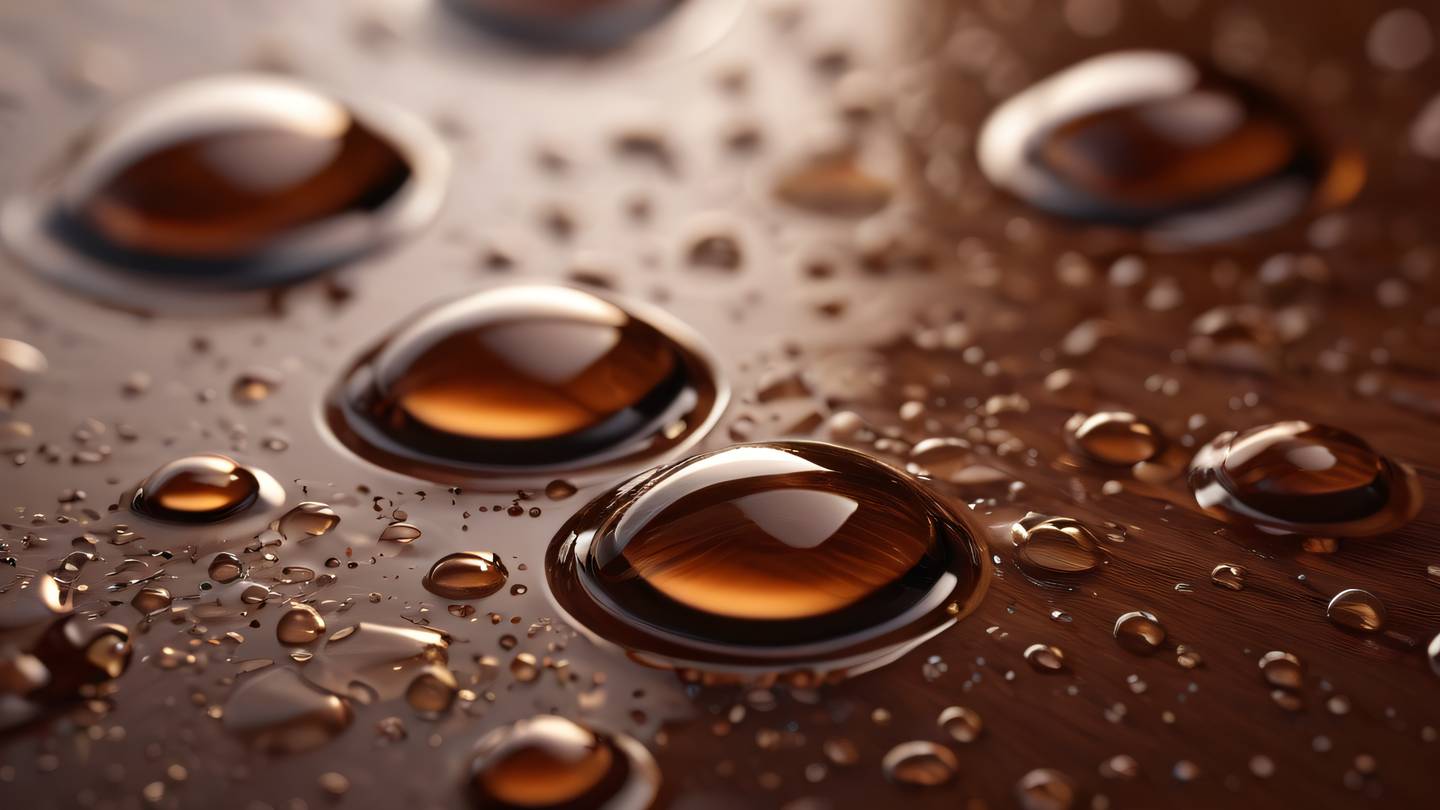- Services
- Case Studies
- Technologies
- NextJs development
- Flutter development
- NodeJs development
- ReactJs development
- About
- Contact
- Tools
- Blogs
- FAQ
Error Handling in Axios for Node.js Apps
Learn practical patterns, global interceptors, and best practices to build more resilient and user-friendly applications.


Error Handling in Axios Requests for Node.js Applications
When building robust Node.js applications, proper error handling isn’t just a best practice—it’s essential. Today, let’s dive into handling errors in Axios requests, making our applications more resilient and user-friendly.

Understanding Axios Errors
Axios errors might seem daunting at first, but they’re actually quite structured and informative. When a request fails, Axios throws an error object that contains valuable information about what went wrong.
Let’s look at some practical approaches to handle these errors effectively:
1. The Try-Catch Pattern
The most straightforward way to handle Axios errors is using try-catch blocks. Here’s a clean approach:
const fetchUserData = async (userId) => { try { const response = await axios.get(`/api/users/${userId}`); return response.data; } catch (error) { if (error.response) { // Server responded with error status console.error('Server Error:', error.response.status); throw new Error(`Failed to fetch user: ${error.response.status}`); } else if (error.request) { // Request made but no response received console.error('Network Error: No response received'); throw new Error('Network error occurred'); } else { // Something went wrong in request setup console.error('Request Error:', error.message); throw new Error('Failed to make request'); } }};
2. Global Error Interceptors
For consistent error handling across your application, Axios interceptors are your best friend:
axios.interceptors.response.use( response => response, error => { if (error.response?.status === 404) { // Handle 404 errors globally console.error('Resource not found'); } else if (error.response?.status === 401) { // Handle authentication errors console.error('Authentication failed'); } return Promise.reject(error); });3. Custom Error Handling Functions
Create reusable error handlers to maintain consistency:
const handleAxiosError = (error) => { if (axios.isAxiosError(error)) { const status = error.response?.status; const message = error.response?.data?.message || error.message;
switch (status) { case 400: return 'Invalid request. Please check your data.'; case 401: return 'Please login to continue.'; case 403: return 'You don't have permission to access this resource.'; case 404: return 'The requested resource was not found.'; case 500: return 'An internal server error occurred. Please try again later.'; default: return `An error occurred: ${message}`; } } return 'An unexpected error occurred';};Best Practices for Error Handling
- Always provide meaningful error messages to users
- Log detailed error information for debugging
- Handle different types of errors appropriately
- Implement retry mechanisms for network errors
- Use TypeScript for better error typing
Remember, good error handling isn’t just about catching errors—it’s about gracefully managing them to provide a smooth user experience.

By implementing these error handling patterns, you’ll make your Node.js applications more reliable and maintainable. Your users will thank you, and your future self will appreciate the robust error handling when debugging issues in production.
 สร้างเว็บไซต์ 1 เว็บ ต้องใช้งบเท่าไหร่? เจาะลึกทุกองค์ประกอบ website development cost อยากสร้างเว็บไซต์แต่ไม่มั่นใจในเรื่องของงบประมาณ อ่านสรุปเจาะลึกตั้งแต่ดีไซน์, ฟังก์ชัน และการดูแล พร้อมตัวอย่างงบจริงจาก Till it’s done ที่แผนชัด งบไม่บานปลายแน่นอน
สร้างเว็บไซต์ 1 เว็บ ต้องใช้งบเท่าไหร่? เจาะลึกทุกองค์ประกอบ website development cost อยากสร้างเว็บไซต์แต่ไม่มั่นใจในเรื่องของงบประมาณ อ่านสรุปเจาะลึกตั้งแต่ดีไซน์, ฟังก์ชัน และการดูแล พร้อมตัวอย่างงบจริงจาก Till it’s done ที่แผนชัด งบไม่บานปลายแน่นอน  Next.js สอน 14 ขั้นตอนเบื้องต้น: สร้างโปรเจกต์แรกใน 30 นาที เริ่มต้นกับ Next.js ใน 14 ขั้นตอนเพียงแค่ 30 นาที พร้อม SSR/SSG และ API Routes ด้วยตัวอย่างโค้ดง่าย ๆ อ่านต่อเพื่อสร้างโปรเจ็กต์แรกได้ทันทีที่นี่
Next.js สอน 14 ขั้นตอนเบื้องต้น: สร้างโปรเจกต์แรกใน 30 นาที เริ่มต้นกับ Next.js ใน 14 ขั้นตอนเพียงแค่ 30 นาที พร้อม SSR/SSG และ API Routes ด้วยตัวอย่างโค้ดง่าย ๆ อ่านต่อเพื่อสร้างโปรเจ็กต์แรกได้ทันทีที่นี่  วิธีสมัคร Apple Developer Account เพื่อนำแอปขึ้น App Store ทีละขั้นตอน อยากปล่อยแอปบน App Store ระดับโลก มาอ่านคู่มือสมัคร Apple Developer Account พร้อมเคล็ดลับ TestFlight และวิธีอัปโหลดที่ง่ายในบทความเดียวนี้ได้เลย
วิธีสมัคร Apple Developer Account เพื่อนำแอปขึ้น App Store ทีละขั้นตอน อยากปล่อยแอปบน App Store ระดับโลก มาอ่านคู่มือสมัคร Apple Developer Account พร้อมเคล็ดลับ TestFlight และวิธีอัปโหลดที่ง่ายในบทความเดียวนี้ได้เลย  TypeScript Interface คืออะไร? อธิบายพร้อมวิธีใช้และข้อแตกต่างจาก Type เรียนรู้วิธีใช้ TypeScript Interface เพื่อสร้างโครงสร้างข้อมูลที่ปลอดภัยและเข้าใจง่าย พร้อมเปรียบเทียบข้อดีข้อแตกต่างกับ Type ที่คุณต้องรู้ ถูกรวมเอาไว้ในบทความนี้แล้ว
TypeScript Interface คืออะไร? อธิบายพร้อมวิธีใช้และข้อแตกต่างจาก Type เรียนรู้วิธีใช้ TypeScript Interface เพื่อสร้างโครงสร้างข้อมูลที่ปลอดภัยและเข้าใจง่าย พร้อมเปรียบเทียบข้อดีข้อแตกต่างกับ Type ที่คุณต้องรู้ ถูกรวมเอาไว้ในบทความนี้แล้ว  Material-UI (MUI) คืออะไร อยากสร้าง UI สวยงามและเป็นมืออาชีพในเวลาอันรวดเร็วใช่ไหม มาทำความรู้จักกับ Material-UI (MUI) ที่ช่วยให้คุณพัฒนาแอปพลิเคชันบน React ได้ง่ายและดูดีในทุกอุปกรณ์
Material-UI (MUI) คืออะไร อยากสร้าง UI สวยงามและเป็นมืออาชีพในเวลาอันรวดเร็วใช่ไหม มาทำความรู้จักกับ Material-UI (MUI) ที่ช่วยให้คุณพัฒนาแอปพลิเคชันบน React ได้ง่ายและดูดีในทุกอุปกรณ์  เปรียบเทียบ 3 วิธีติดตั้ง install node js บน Ubuntu: NVM vs NodeSource vs Official Repo แบบไหนดีที่สุด? เรียนรู้วิธีติดตั้ง Node.js บน Ubuntu ด้วย NVM, NodeSource หรือ Official Repo เลือกวิธีที่เหมาะกับความต้องการของคุณ พร้อมเปรียบเทียบ เพื่อการพัฒนาที่มีประสิทธิภาพ!
เปรียบเทียบ 3 วิธีติดตั้ง install node js บน Ubuntu: NVM vs NodeSource vs Official Repo แบบไหนดีที่สุด? เรียนรู้วิธีติดตั้ง Node.js บน Ubuntu ด้วย NVM, NodeSource หรือ Official Repo เลือกวิธีที่เหมาะกับความต้องการของคุณ พร้อมเปรียบเทียบ เพื่อการพัฒนาที่มีประสิทธิภาพ! Talk with CEO
We'll be right here with you every step of the way.
We'll be here, prepared to commence this promising collaboration.
Whether you're curious about features, warranties, or shopping policies, we provide comprehensive answers to assist you.


